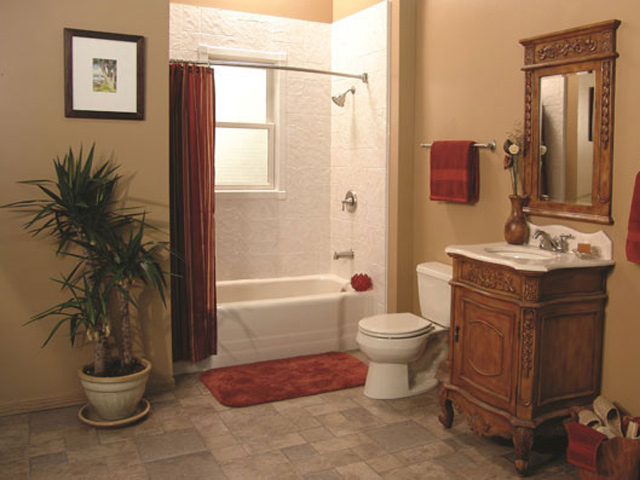Plumber is a professional in the building industry who installs plumbing and drainage systems for buildings. In addition to water systems, he is also skilled in working with sewage systems. These jobs require specialized education, training, and licensing. A plumber’s salary can vary widely. In this article, you will learn more about the job duties and requirements for this profession.

A plumber’s job duties include installing, maintaining, and repairing plumbing systems. This type of work requires advanced education and training, as well as a license. Plumbers also need to be familiar with safety standards and water-saving devices. In addition to plumbing knowledge, plumbers need to know how to install and repair water and wastewater systems, as well as create reports and other documentation related to the work.
Plumbing professionals work as independent contractors or part of a larger organization. Plumbing projects vary in scope and size, but the job duties are similar. Plumbing professionals may work on various jobs, including installing new piping systems, modifying existing piping systems, and even building renovations. They must work within a budget and adhere to building codes. They are also required to maintain proper records and use special tools and equipment.
A plumber’s job duties include repairing damaged pipes, checking water pressure, clearing obstructions from pipes, estimating repair costs, and communicating effectively with clients. Plumbing is a skilled trade, and the demand is strong and expected to grow. A plumber’s salary depends on where they live. Some cities have very expensive rents and living costs, while rural areas have low rents and relatively low prices. A plumber can also make additional money by assisting friends and family members with plumbing issues.
Plumbers must have excellent communication skills and strong problem-solving abilities. They should also be able to lift heavy pieces of pipe and work in all weather conditions. The plumber’s job duties are varied, and he will have days when he’s busy and days when he’s less busy. However, plumbers rarely complain about their work hours, and most plumbers enjoy their schedules.
While plumbers’ salaries are low, the profession is in high demand. This means that they can work extra hours if they find themselves in need. They also get to spend time with their families, and many plumbers are happy with the amount of time they spend with their families. Moreover, they can make a decent living and also spend their weekends at home.
The education required to become a plumber is varied, but a high school diploma or GED is typically required. High school education will provide the foundation in math and science needed to understand the plumbing trade. You can also choose to take a plumbing training program through a community college or vocational school. These programs can take two years or more to complete.
Getting a plumbing apprenticeship is a great way to gain hands-on experience. Most apprenticeship programs last between two and five years, and apprentices will typically receive hands-on training as well as paid employment. During their apprenticeship, apprentices will learn about plumbing codes, safety, blueprint reading, piping systems, and mathematics. Some plumbing apprenticeship programs also include chemistry and applied physics classes.
A plumber’s training program will teach students to install, maintain, and repair plumbing systems. It will also give them the necessary skills to become licensed and unionized. Apprentices will also receive hands-on training on how to diagnose and repair plumbing fixtures and how to troubleshoot plumbing problems.
After completing their training, apprentices will take a three-hour exam to become licensed. Once they have passed the exam, they will be granted a Certificate of Qualification. These certificates will allow them to work as plumbers in plumbing companies. In addition to earning a plumbing license, a plumber must also be licensed in their state.
Most states and localities require plumbers to obtain a license. Each state has its own requirements, but most require two to five years of experience and the successful completion of an exam. Some states also require plumbers to obtain a separate license to work with gas lines. Once they have their license, they may work independently, but they must still be supervised.
There are many programs available to pursue this career. You should look for a program that offers comprehensive instruction in math, physics, blueprint reading, and state codes. In addition to formal education, you can also apply for scholarships offered by the World Plumbing Council.


